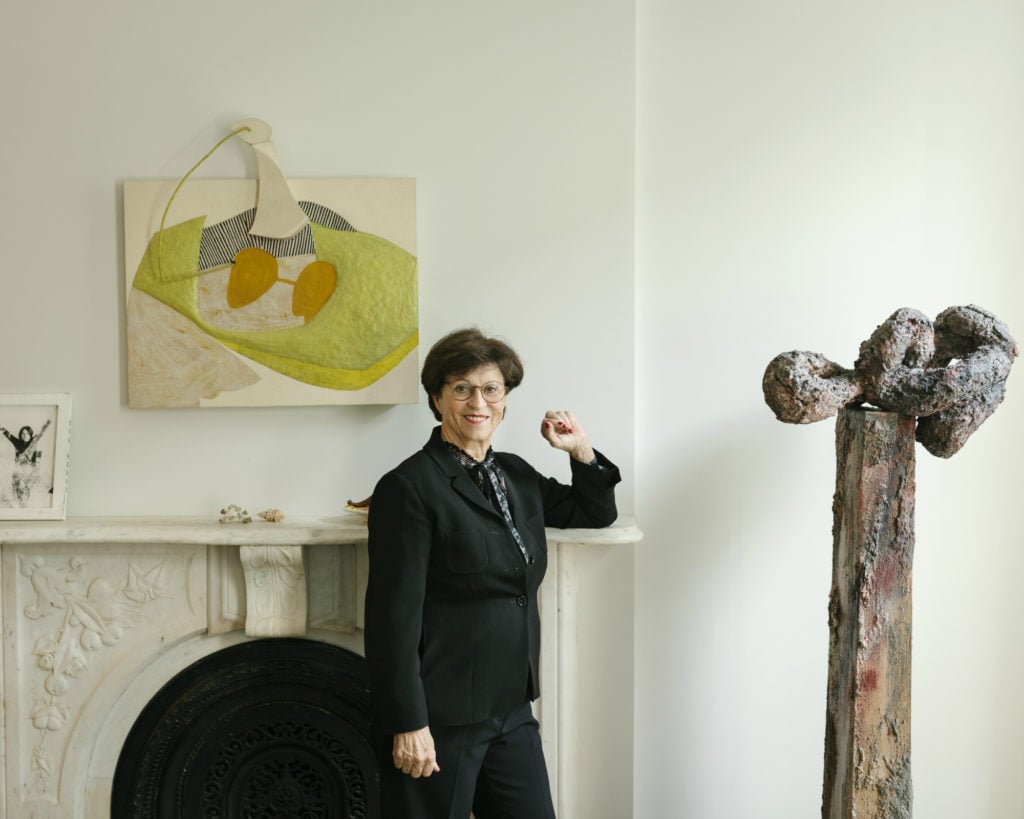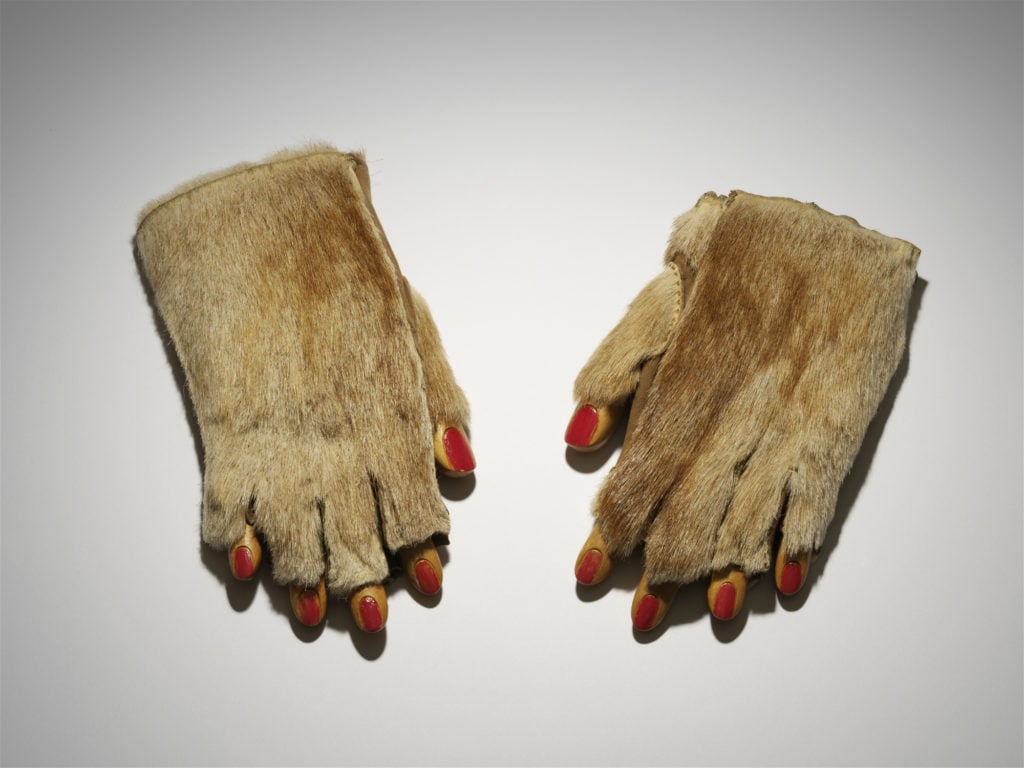Art & Exhibitions
Hauser & Wirth Will Present a Show of Founding Matriarch Ursula Hauser’s Feminist Art Collection on Her 80th Birthday
Louise Bourgeois has a special place in Ursula Hauser's collection, says her daughter Manuela Wirth.

Louise Bourgeois has a special place in Ursula Hauser's collection, says her daughter Manuela Wirth.

Javier Pes

While others have only belatedly championed female artists in the art market, feminism is in Hauser & Wirth’s DNA. Ursula Hauser, a retail magnate in her own right, has collected a who’s who of female artists over the past four decades. Meanwhile, the Zürich gallery she co-founded in 1992 with her daughter Manuela and son-in-law Iwan Wirth has expanded into an empire that stretches from Hong Kong to Los Angeles, raising the profile—and prices—of the many female artists and estates it represents.
Now, Manuela Wirth is co-organizing a non-selling exhibition of around 70 works by female artists all drawn from the Ursula Hauser Collection. The tribute to her mother is due to open in May on Hauser’s 80th birthday, the gallery has announced.
In Ursula Hauser’s collection, works by one artist in particular have a special place. “Getting to know Louise Bourgeois has probably been the the single most important event in Ursula’s life as a collector,” Wirth told artnet News. “Despite being a generation apart, they still had a lot in common. Small in size but strong in character, European, with three children each, [they] come from a background of textiles.”
Ursula Hauser bought her first work when she was an 18-year-old trainee in the textile department of a shop. “It was a small sculpture by a local Swiss artist and it cost her two month’s wages,” Wirth said. Now her mother’s collection includes a roll call of female artists that many public museums are playing catch-up to acquire. On show will be works by Bourgeois, Maria Lassnig, Alina Szapocznikow, Lee Lozano, Eva Hesse, Sylvia Sleigh, Carol Rama, Heidi Bucher, Meret Oppenheim, Sheila Hicks, and Sonia Gomes. Highlights of the exhibition called “Unconscious Landscape” include Oppenheim’s Fur Gloves With Wooden Fingers (1936), Hesse’s H + H (1965) and Bourgeois’s Spider (1996).

Meret Oppenheim, Fur Gloves With Wooden Fingers (1936). Copyright DACS. 2019. Courtesy of the Ursula Hauser Collection, Switzerland
Photo credit: Stefan Altenburger Photography Zürich
The exhibition at Hauser & Wirth Somerset in the West of England, near where the Wirths have a home, is the first time so many works from her mother’s collection have been shown together. A regular lender to museum exhibitions, in 2012 Ursula Hauser showed pieces by eight female artists in her home city of St. Gallen in Switzerland.
Her mother’s approach to a new work is an emotional act, Wirth says. “I think often my mother has a more direct connection to female artists, their sensibility, subject material, and, of course, how the final works look.”
She says the works are “interwoven” in her mother’s life story. Widowed at a relatively early age, Ursula Hauser transformed a small family electrical appliance business into a retail giant in Switzerland.
The exhibition is part of Hauser & Wirth’s series of non-selling shows of works from private collection. It will also be something of a birthday present from Manuela and Iwan Wirth to the matriarch of the dynasty, after whom Ursula, the gallery’s magazine, which launched in December, is named.
The foundations of the Hauser & Wirth empire were laid when Ursula Hauser backed the young Iwan Wirth at the start of his career as an art dealer. Aged 19, he approached his future mother-in-law for a loan to help buy works by Picasso and Chagall. When Ursuala, Iwan, and Manuela joined forces, a formidable family business was born.
“Unconscious Landscape: Works From the Ursula Hauser Collection,” 25 May through 8 September 2019 Hauser & Wirth Somerset.